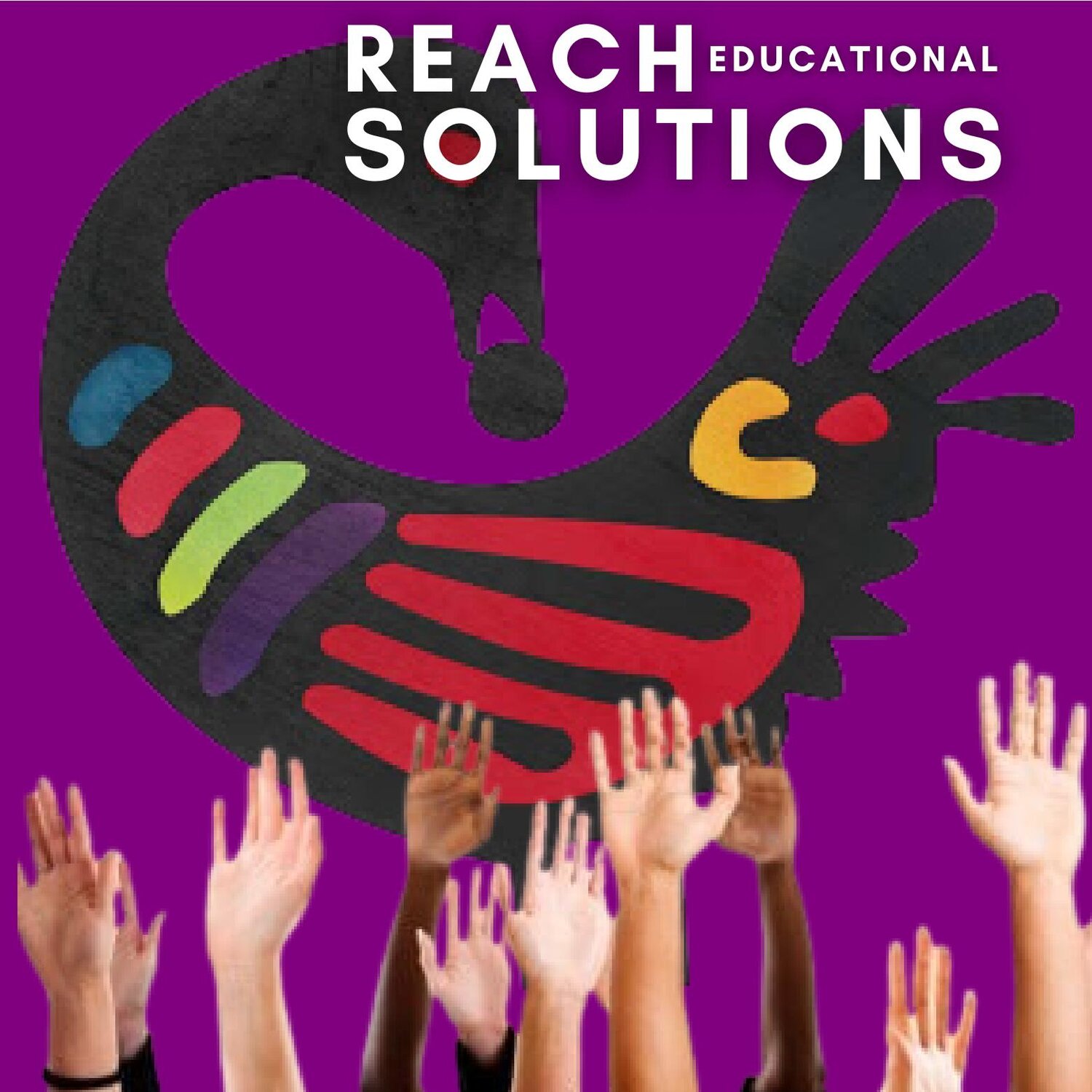
REACH School and District Review Protocol Program
REACH is prepared to create unique school and district review protocols and processes for other educational agencies. The review protocol includes a rubric to ground the common understanding and language aligned to expectations, processes to conduct a review and the templates that reviewers use during the review process.
REACH founder, Dr. Monica George-Fields, is the chief creator and architect of the New York State Education Department (NYSED) Diagnostic Tool for School and District Effectiveness (DTSDE) and the Diagnostic Review for Optimal Conditions of Learning in Schools and Districts (DROCLSD) School and District Review processes. These review processes are used in over 700 schools and 70 districts in New York State, Michigan, and Minnesota. In New York State, the tenets outlined in the DTSDE are required, by state legislature, to be used to determine eligibility for Receivership.
-
NEW YORK STATE SCHOOLS
REACH consultants have experience conducting school and district reviews in over 700 schools and 70 districts in New York State, Michigan, and Minnesota. In New York State, REACH consultants provided the original training to all DTSDE reviewers when the review process was originally created. REACH© reviewers have extensive knowledge around the deep conceptual meaning undergirding the DTSDE rubric and processes. Because all the REACH reviewers receive training directly from the original DTSDE Chief Architect and Creator, Dr. Monica George-Fields, school leaders and communities often rave about how the reviews conducted by the team feel more like professional development sessions rather than evaluations. During the review process, our reviewers will ascertain the school leader's vision, mission goals, and theory of action aligned to student achievement and school culture. Then the reviewer will use the review process to identify any gaps that may exist between the school goals and actions. Throughout the review process, all REACH reviewers conduct on-going conversations with the school leaders so that there is a clear understanding of the ways in which the reviewer is assessing effectiveness aligned to the DTSDE rubric. This fully transparent and collaborative approach to conducting the school review results in the entire school community understanding the outcomes of the process and assists with creating the buy-in necessary to address any areas of improvement. Once the review is complete, the reviewers send the school a calibrated and edited report within two weeks of receiving all team members’ notes that the school community may use to create action plans to address the recommendations in the report. Finally, REACH reviewers are available to conduct follow-up visits to either assist the school community with implementing the action plan or to provide feedback on the school's new strategies to address the recommendations.
-
LOOKING TO CREATE A SCHOOL REVIEW PROCESS
REACH© review protocols include a rubric to develop common understandings and language aligned to effective practices and strategies in all schools and districts. During the review process, a team of experienced reviewers conduct a qualitative review process using common templates to visit classrooms and interviewing several focus groups, such as families, teachers, students, student support staff, and the principal.
District reviews are conducted by interviewing focus groups consisting of curriculum and instruction departments, student support teams, human resource teams, budgeting teams, and the superintendent’s cabinet. Also, districts may request to have a unique school and district review rubric, protocols and processes created to address their needs. During the creation process, REACH© Senior Academic Facilitators (SAF) meet with district and school personnel and community stakeholders, identified by the district, to determine the guiding principles that undergird the overarching goals and vision established at the district level. The SAFs work collaboratively with the district and school leadership to create a rubric that aligns the identified principles to optimal practices and strategies school and district communities should use to achieve the outlined goals. Also, REACH SAFs will conduct focus group interviews, administer surveys, and assess the district’s vision, mission statements, and strategic plan. Once the rubric is agreed upon

